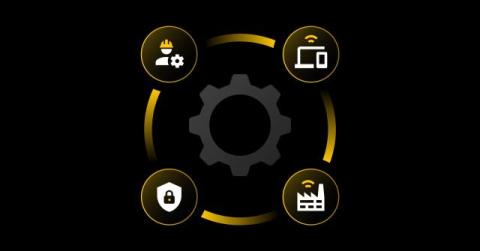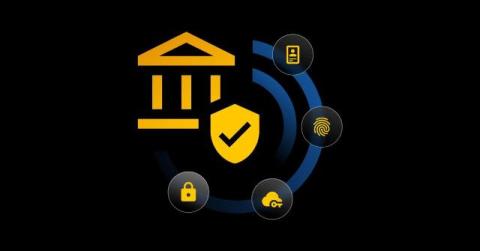Cybersecurity Best Practices for Managing Vendor Access
Third-party vendors are essential to organizations, but each vendor an organization adds widens its attack surface and can introduce various security risks, such as data leaks or data breaches. To effectively manage vendor access and prevent security threats, organizations must conduct thorough vendor risk assessments, implement least-privilege access, establish clear vendor access policies, require MFA, log vendor activity, update vendor access and ensure vendors comply with industry standards.











